Flies are persistent and annoying pests that can quickly disrupt the comfort of any home, especially during warmer months. Whether they’re buzzing around your kitchen or congregating in outdoor spaces, flies can multiply rapidly if not addressed. This guide offers effective DIY methods to get rid of flies inside and outside and discusses preventive strategies.
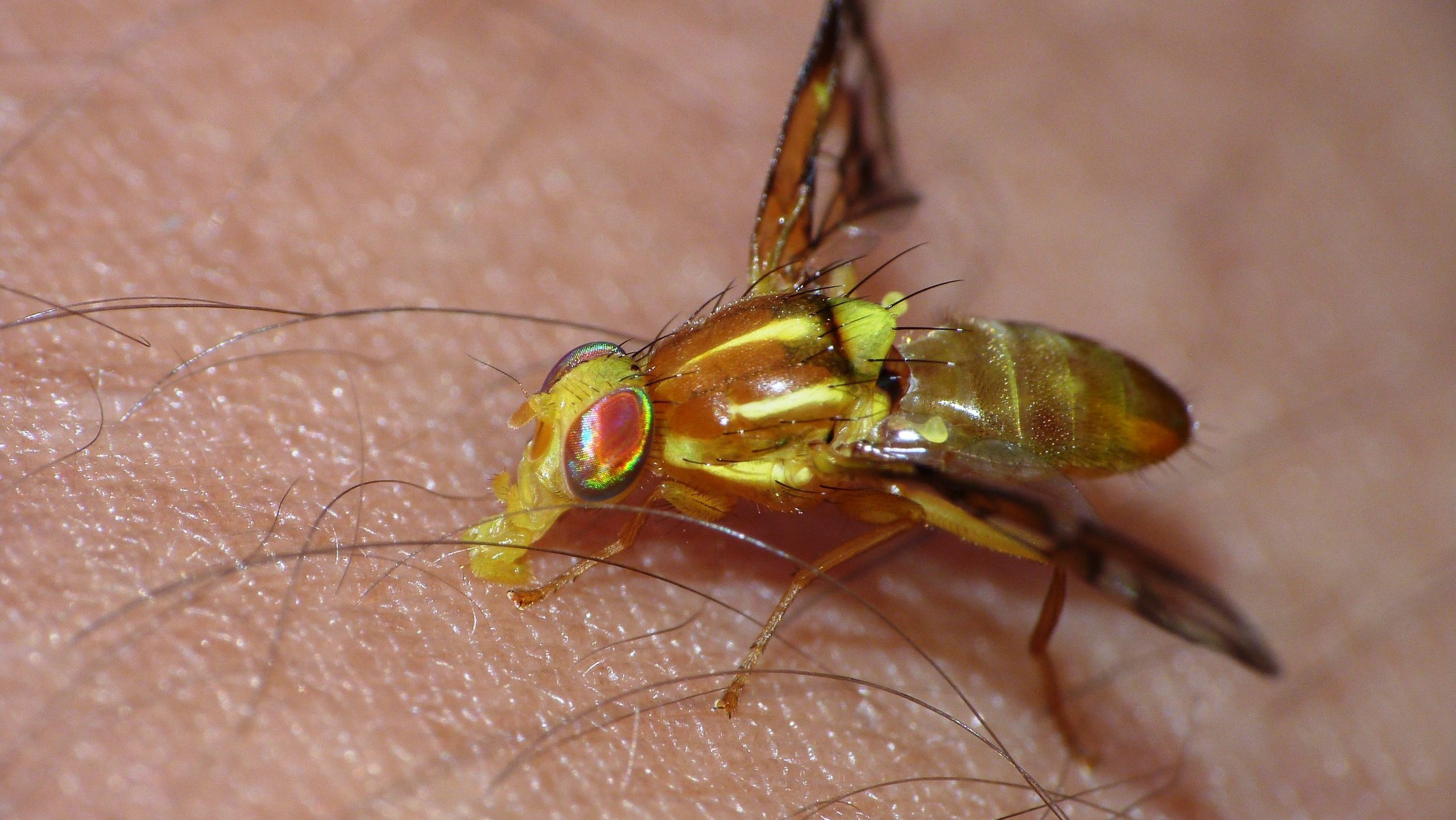
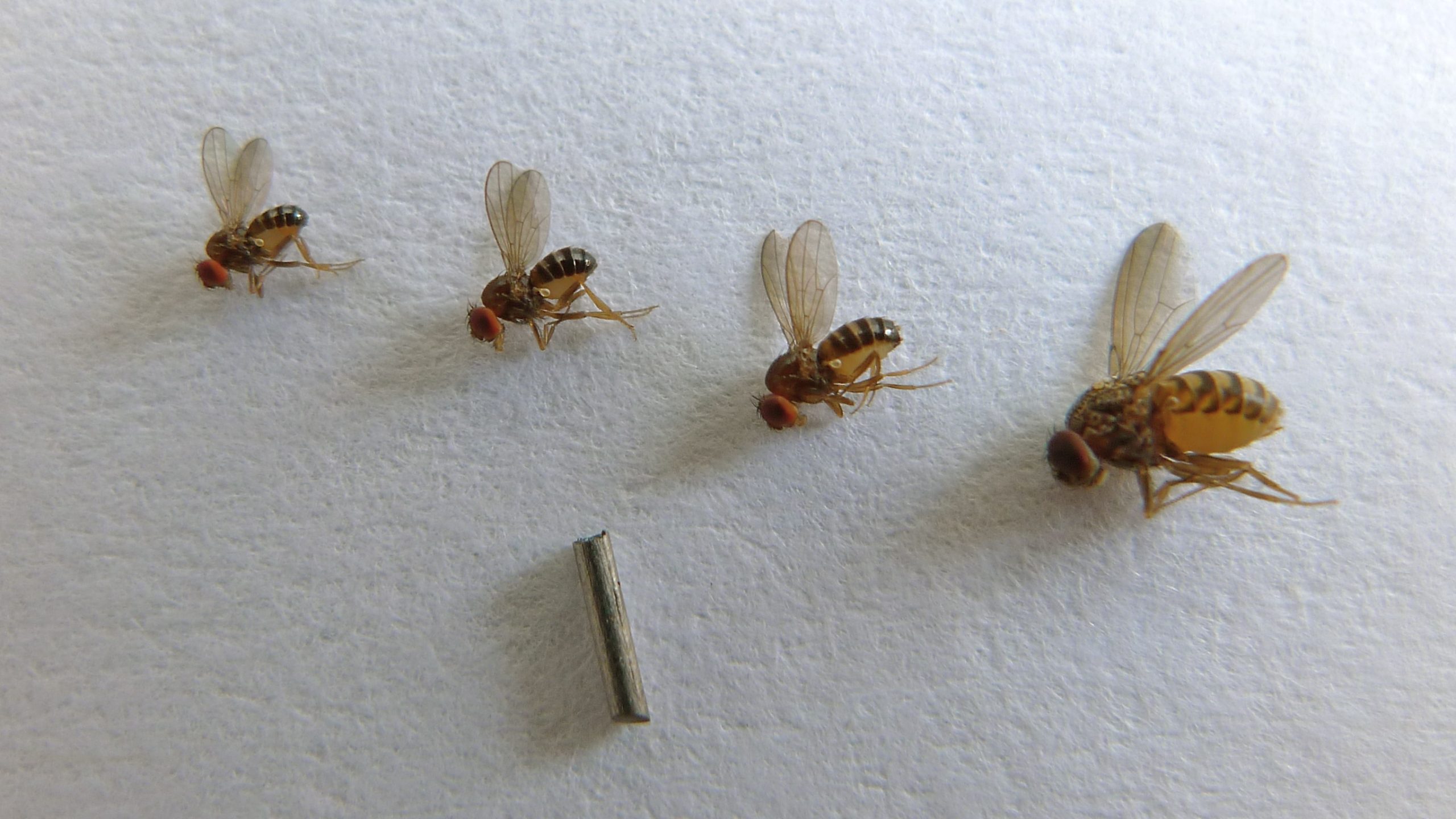

 Let’s find out more about these natural DIY methods and traps to get rid of flies from your home:
Let’s find out more about these natural DIY methods and traps to get rid of flies from your home:
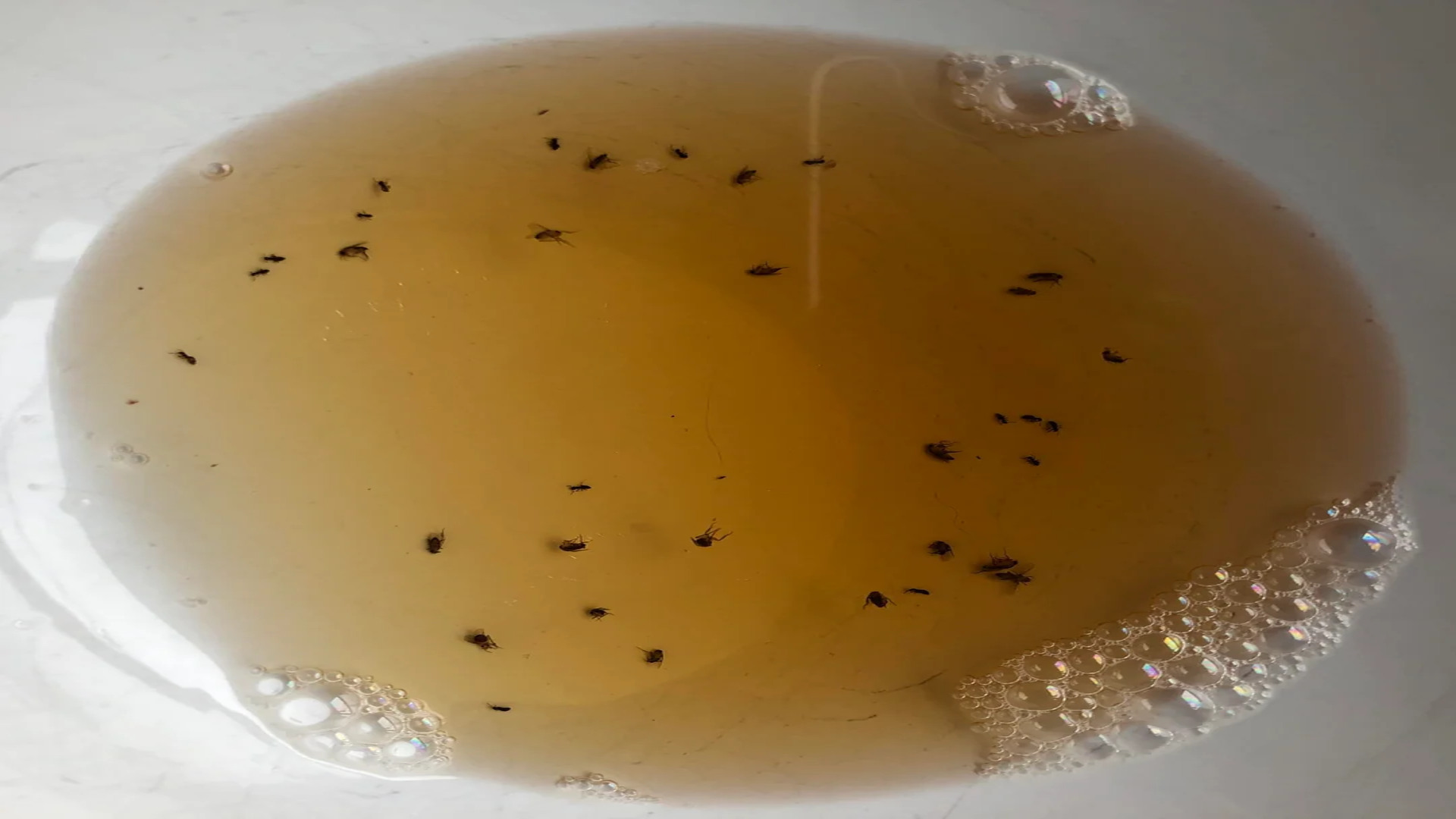

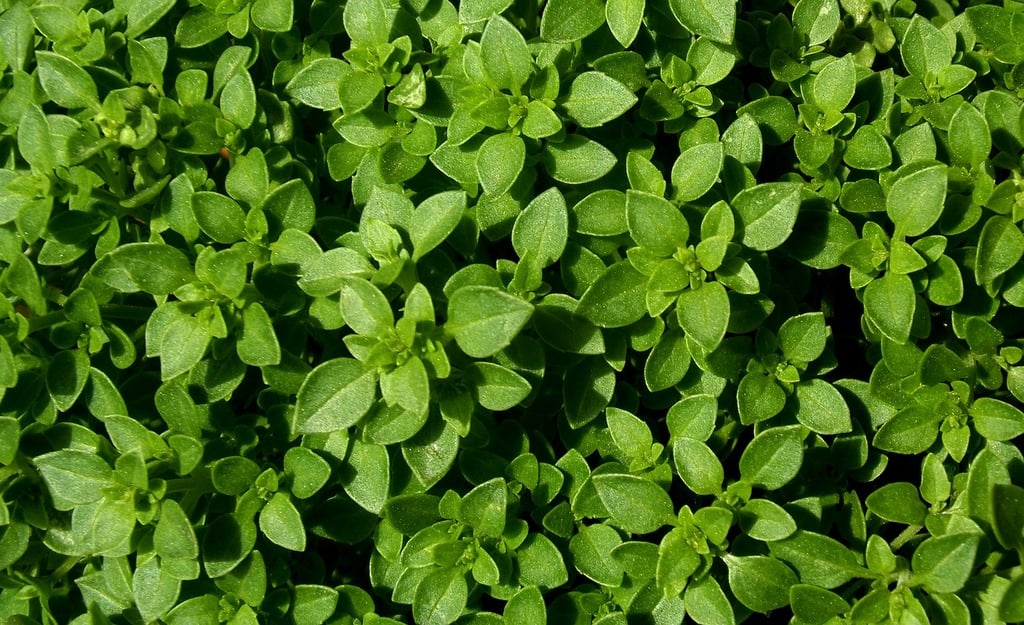

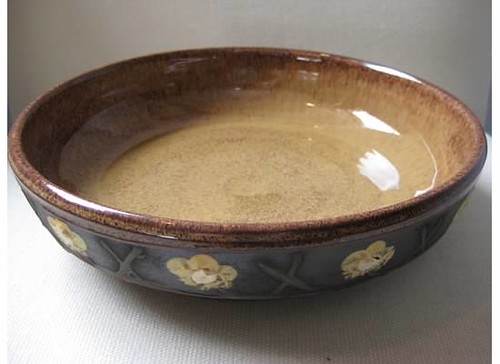

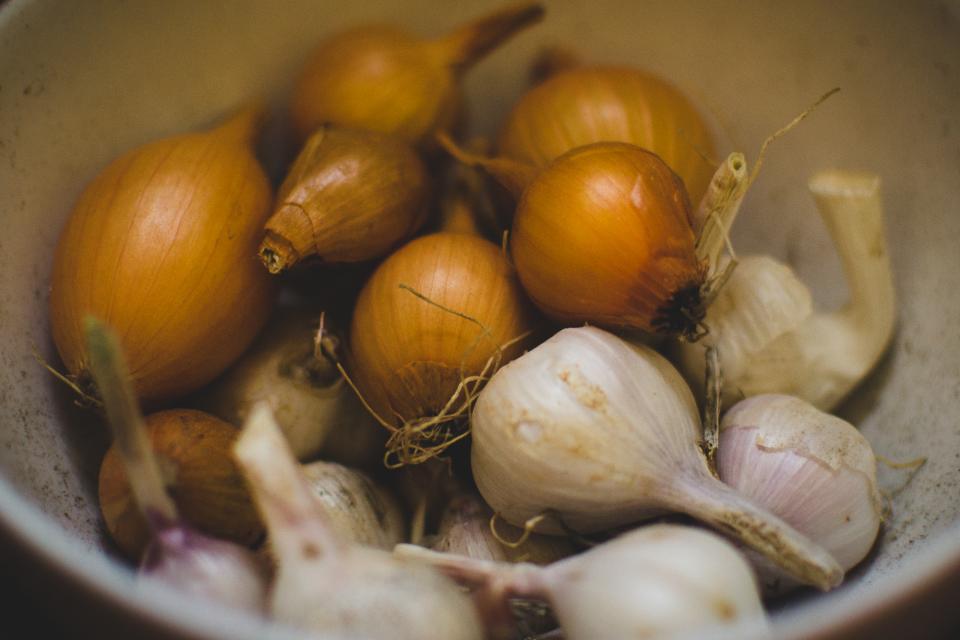
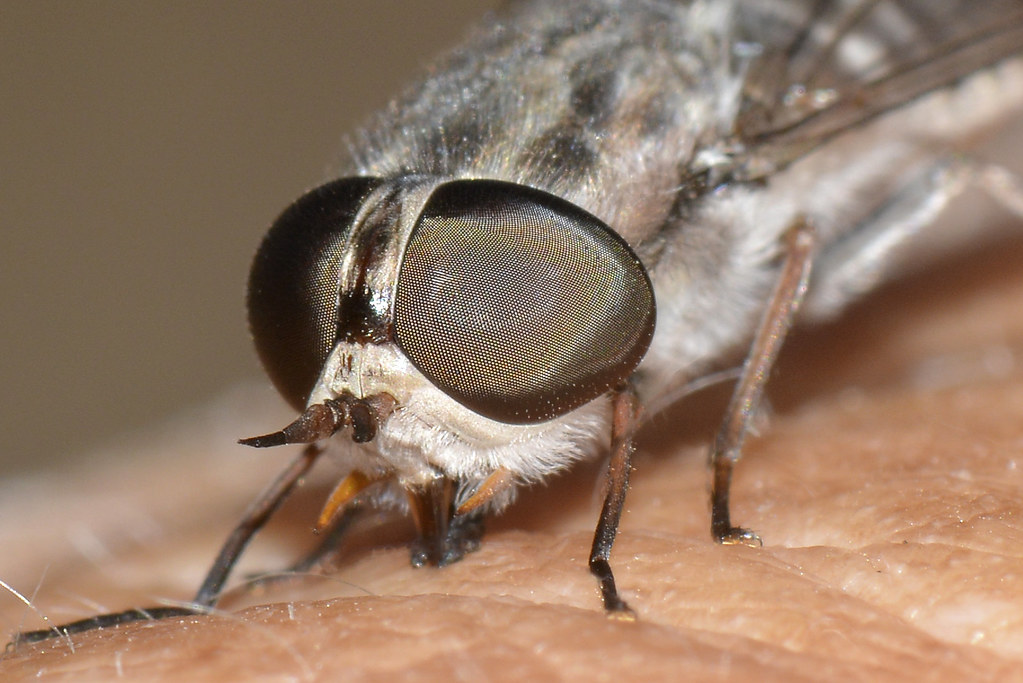
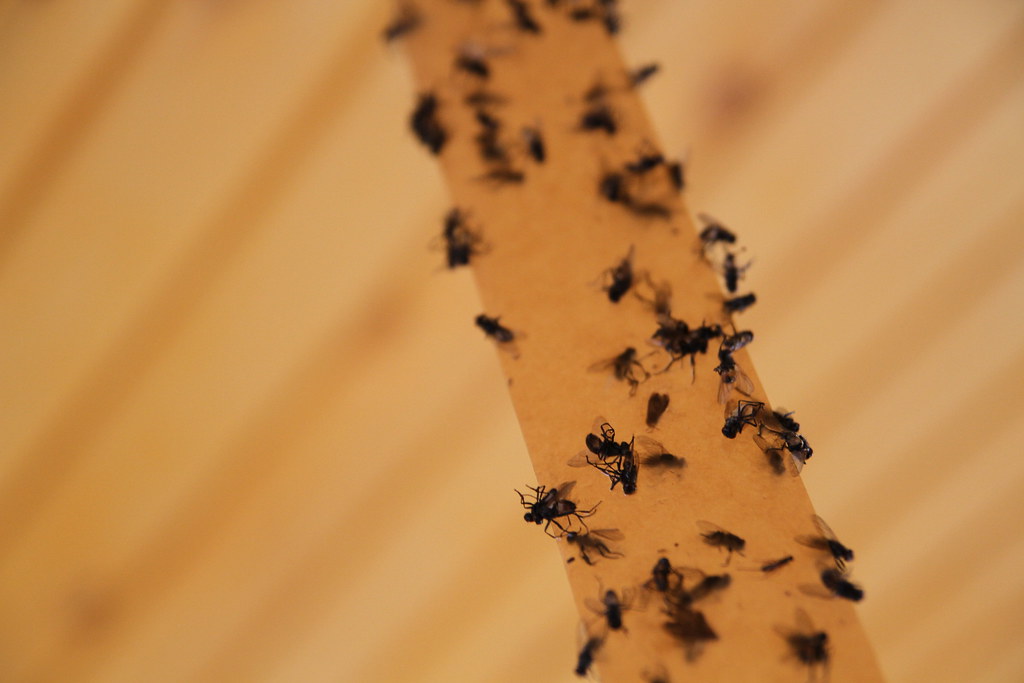
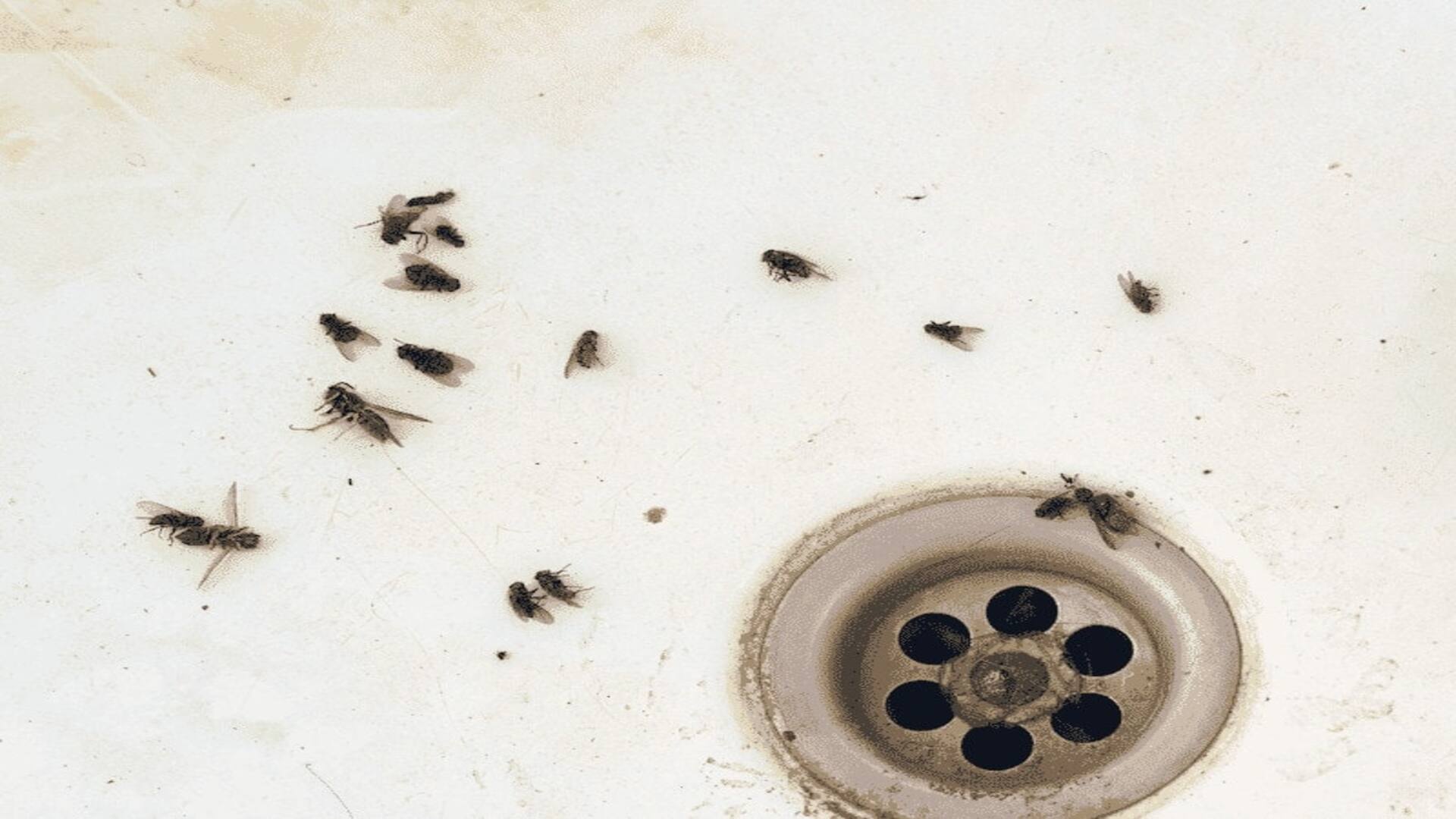

DIY Methods for Getting Rid of Flies Inside the House
Homemade traps and repellents offer an effective, low-cost way to get rid of flies in the house quickly. Vinegar traps, for instance, can capture fruit flies. To make one, fill a glass jar with apple cider vinegar and add a few drops of dish soap. The vinegar attracts the flies, while the dish soap breaks the surface tension, causing them to sink and drown. Alternatively, you can use overripe fruit as bait for a homemade trap, covering the container with plastic wrap with small holes to allow flies in but not out.

Not getting a solution?
Get your free pest control estimate today!Apple Cider Vinegar and Dish Soap Trap
This tried-and-true trap uses apple cider vinegar to attract flies with its sweet scent, while dish soap breaks the surface tension, trapping the flies in the liquid.
INGREDIENTS
-
 ½ cup apple cider vinegar
½ cup apple cider vinegar
-
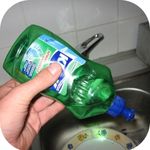 2-3 drops dish soap
2-3 drops dish soap
-
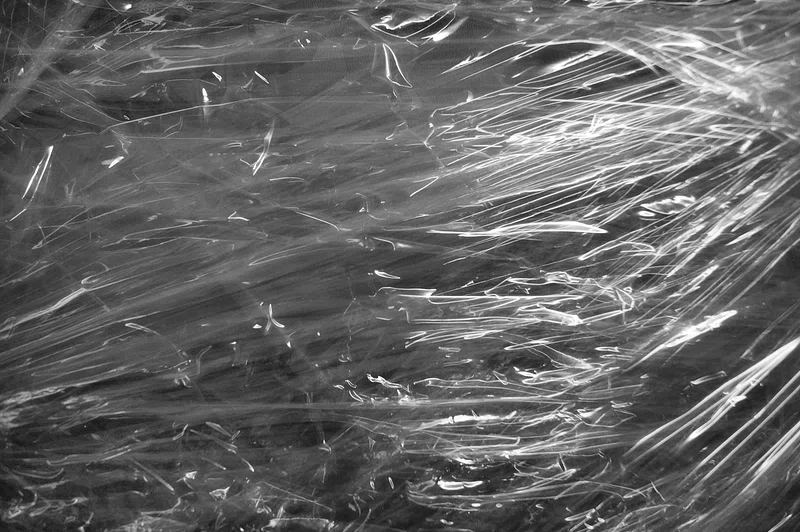 Plastic wrap (optional)
Plastic wrap (optional)
-
 Small bowl or glass jar
Small bowl or glass jar
INSTRUCTIONS
1. Combine Ingredients
- Pour the apple cider vinegar into the bowl or jar and add the dish soap. Stir gently to mix.
2. Enhance Effectiveness
- For enhanced effectiveness, cover the bowl with plastic wrap and poke small holes to let flies in but make it difficult for them to escape.
3. Position Trap
- Place the trap in areas where flies are commonly found, such as near fruit or trash cans.
SAFETY NOTES
-
Keep Out of Reach: This mixture is safe for indoor use, but be sure to keep it out of reach of pets and children, as vinegar may cause mild stomach upset if ingested.
Lemon and Clove Fly Repellent
This natural fly deterrent combines lemon and cloves, two ingredients that flies find particularly offensive.
INGREDIENTS
-
 1 lemon
1 lemon
-
 10-15 whole cloves
10-15 whole cloves
INSTRUCTIONS
1. Prepare the Lemon
- Cut the lemon in half.
2. Insert Cloves
- Press the cloves into the cut surface of each lemon half, arranging them evenly.
3. Position the Lemon
- Place the clove-studded lemon halves in fly-prone areas such as countertops, windowsills, or near doorways.
SAFETY NOTES
-
Safe for Pets: This is safe around children and pets, but keep the lemon and cloves out of reach to prevent ingestion, as large amounts of cloves can be harmful to pets.
Basil Plant Fly Repellent
Basil has a strong scent that flies avoid, making it a natural and appealing addition to your kitchen or indoor spaces.
INGREDIENTS
-
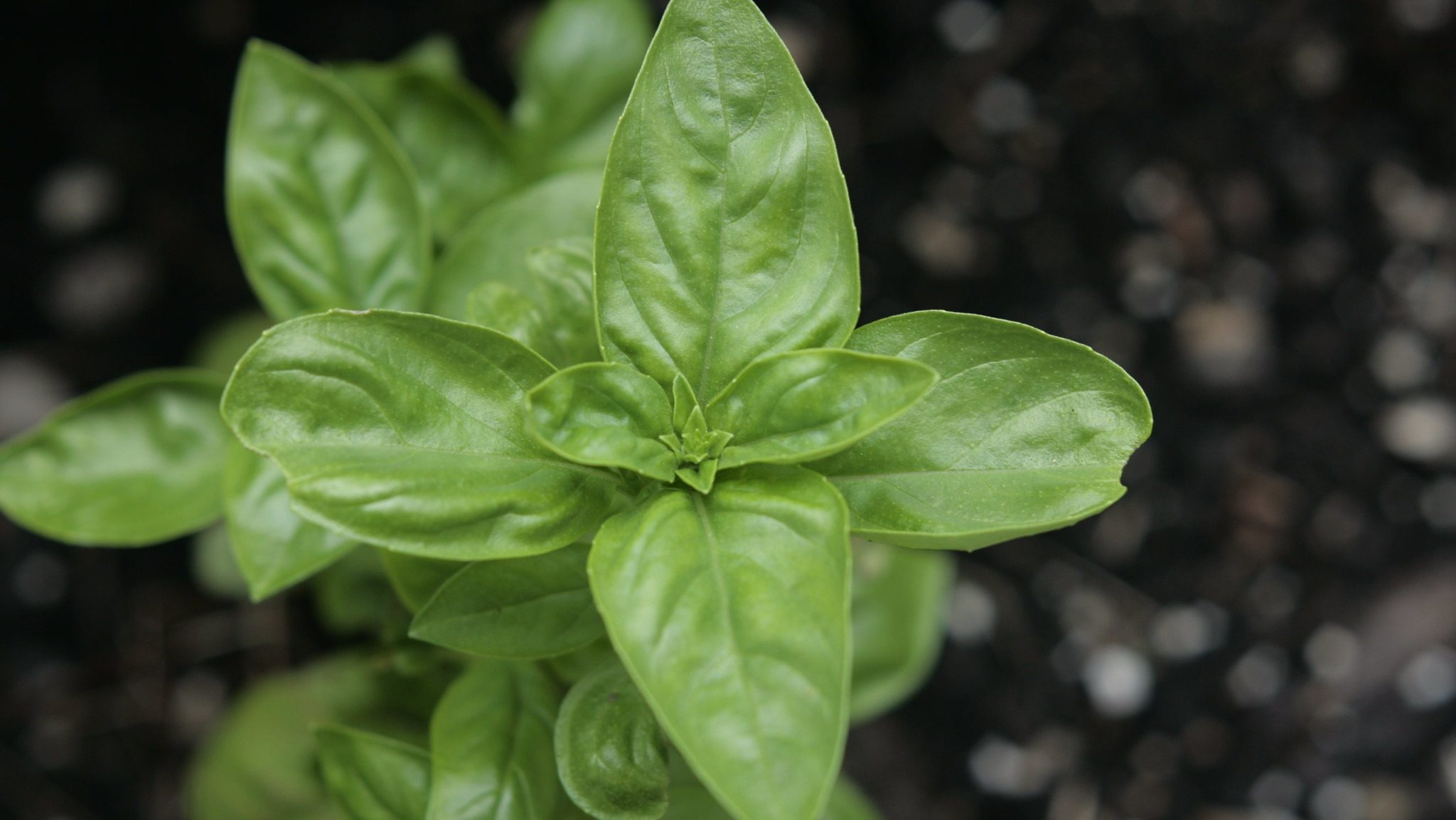 Fresh basil plant(s)
Fresh basil plant(s)
INSTRUCTIONS
1. Position Basil Plants
- Place basil plants near entry points, windowsills, and kitchen counters where flies tend to enter.
2. Maintain Freshness
- Water regularly to keep the plants fresh and the aroma strong.
SAFETY NOTES
-
Safe and Fragrant: Basil plants are safe around pets and children and will also add a fresh, natural fragrance to your home.
Essential Oil Fly Spray
Certain essential oils, such as peppermint, lavender, and eucalyptus, have scents that repel flies effectively.
INGREDIENTS
-
 10-15 drops of essential oil
10-15 drops of essential oil
-
 1 cup water
1 cup water
-
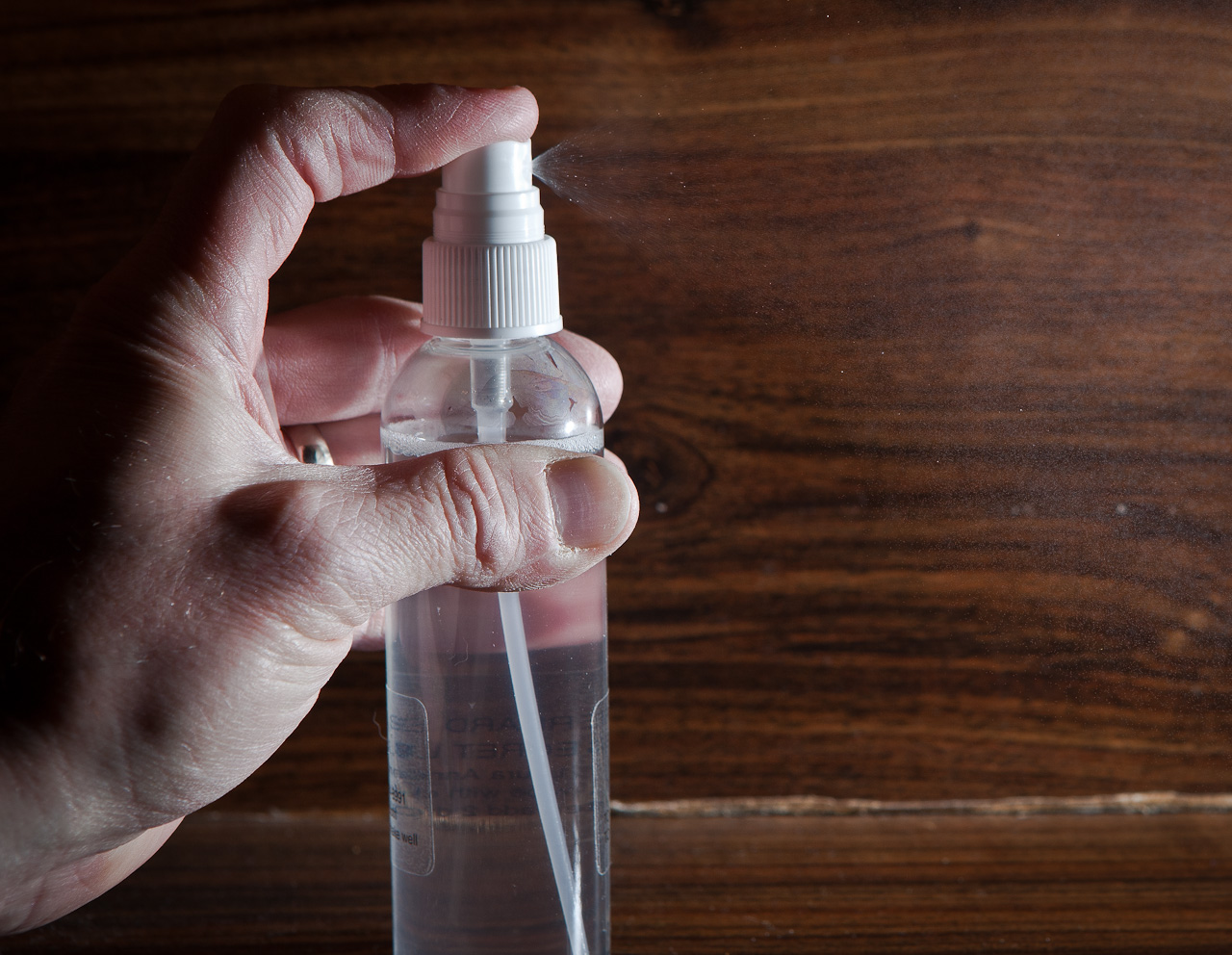 Spray bottle
Spray bottle
INSTRUCTIONS
1. Combine Ingredients
- Add the essential oil to the water in a spray bottle.
2. Shake and Spray
- Shake well and spray around doors, windows, and common fly areas.
SAFETY NOTES
-
Pet Safety: Essential oils can be toxic to pets, especially cats, so avoid spraying directly around pets or in areas where they might ingest it.
Dish Soap and Sugar Water Trap
This simple trap combines dish soap and sugar to attract flies. The soap breaks the surface tension, preventing the flies from escaping.
INGREDIENTS
-
 1 cup water
1 cup water
-
 1 tablespoon sugar or honey
1 tablespoon sugar or honey
-
 2-3 drops dish soap
2-3 drops dish soap
-
 Shallow bowl
Shallow bowl
INSTRUCTIONS
1. Mix Ingredients
- Mix water and sugar in the bowl, then add dish soap and stir gently.
2. Place Trap
- Place the bowl near fly-heavy areas to lure flies with the sweet scent, where the dish soap will trap them.
SAFETY NOTES
-
Avoid Spills: This mixture is non-toxic, but to avoid spills, place the bowl in a stable area out of reach of pets and children.
Fruit Trap
Using overripe fruit, this trap naturally lures flies that are then contained under plastic wrap.
INGREDIENTS
-
 Piece of overripe fruit (e.g., banana or apple slice)
Piece of overripe fruit (e.g., banana or apple slice)
-
 Plastic wrap
Plastic wrap
-
 Small bowl
Small bowl
-
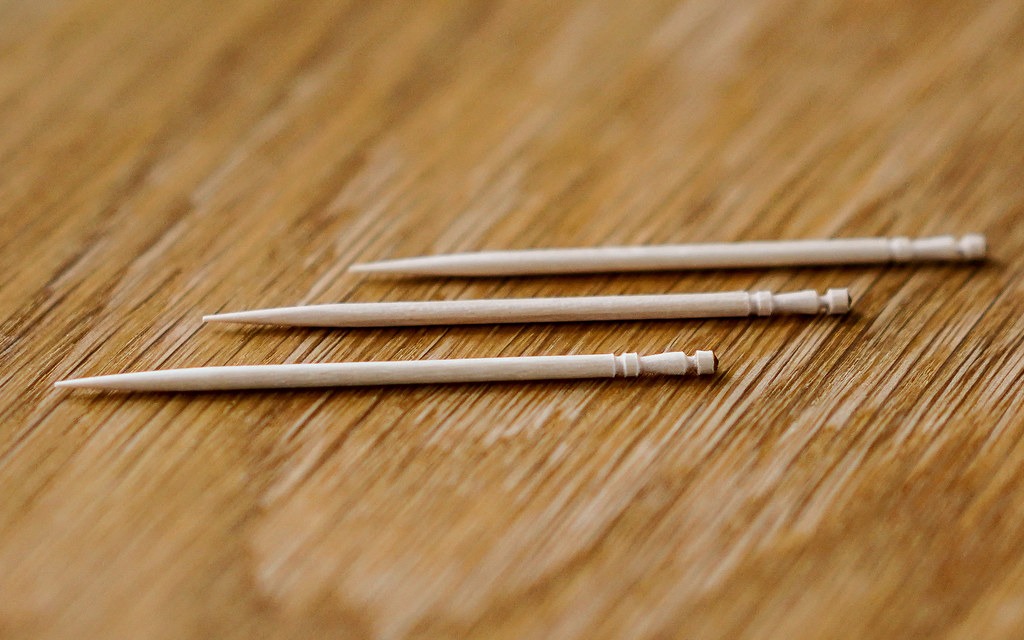 Toothpick
Toothpick
INSTRUCTIONS
1. Add Fruit
- Place the fruit in the bowl and cover it with plastic wrap.
2. Secure and Poke Holes
- Secure the wrap around the edges and use a toothpick to poke small holes.
3. Position Trap
- Place the trap in high-traffic fly areas to capture flies as they enter but can’t exit.
SAFETY PRECAUTIONS
-
Prevent Mold: Discard the trap frequently to prevent mold growth, and keep out of reach of pets.
Garlic Spray
A homemade garlic spray repels flies, making it an effective option for outdoor areas near entry points.
INGREDIENTS
-
 2-3 cloves of garlic, minced
2-3 cloves of garlic, minced
-
 1 cup of water
1 cup of water
-
 Spray bottle
Spray bottle
INSTRUCTIONS
1. Prepare Solution
- Combine minced garlic with water in a spray bottle.
2. Strain and Spray
- Strain the mixture to avoid clogging the spray nozzle, then spray around windows, doors, and other areas where flies may enter.
SAFETY PRECAUTIONS
-
Use with Care: Keep out of reach of pets, as garlic can be toxic to them if ingested. Wear gloves when preparing to avoid strong garlic odors on your hands.
Why Flies Are Attracted to Your Home?
Flies are naturally drawn to environments that provide warmth, food sources, and suitable breeding grounds. They’re commonly found in areas where food is exposed or organic waste accumulates, making kitchens and trash areas hotspots. Different types of flies have specific preferences; for instance, house flies are usually found near food waste, while fruit flies are attracted to sugary substances, and drain flies prefer moisture-rich areas. Understanding what draws these flies in is essential to eliminate the conditions that foster their presence. For many flies, the attraction stems from readily available food sources such as uncovered leftovers, sugary spills, and the scent of decaying organic material. Ensuring that food is stored properly, waste is managed, and spills are cleaned promptly can go a long way in discouraging flies from settling in your space. Tackling these attractants at the source helps create an environment that is far less appealing to flies and other pests.
How to Identify Flies in Your Home?
If you’re noticing an unusual number of flies in your home, it could be more than just a seasonal annoyance; it might be a fly infestation. Knowing how to identify the types of flies commonly found indoors and understanding the signs of an infestation can help you take timely action. Here’s what to look for when assessing whether you have an issue with flies in your home.Common Types of Flies in Homes
-
 House Flies: House flies are typically gray and have four dark stripes on their thorax. They breed in decaying organic matter, so they’re often found around garbage, compost, or waste.
House Flies: House flies are typically gray and have four dark stripes on their thorax. They breed in decaying organic matter, so they’re often found around garbage, compost, or waste. -
 Fruit Flies: Known for their small size and reddish eyes, fruit flies are attracted to ripe fruits and vegetables, as well as fermenting liquids. Seeing a cluster around produce is a common sign.
Fruit Flies: Known for their small size and reddish eyes, fruit flies are attracted to ripe fruits and vegetables, as well as fermenting liquids. Seeing a cluster around produce is a common sign. -
 Drain Flies: Often spotted around sinks or damp areas, drain flies have fuzzy bodies and wings. If they’re present, you might need to check for moisture issues or organic build-up in your drains.
Drain Flies: Often spotted around sinks or damp areas, drain flies have fuzzy bodies and wings. If they’re present, you might need to check for moisture issues or organic build-up in your drains.
How to Recognize a Fly Infestation
-
 Frequent Sightings: An increasing number of flies in your home, especially in specific areas, can indicate breeding nearby. Common hotspots include kitchens, bathrooms, and garbage areas.
Frequent Sightings: An increasing number of flies in your home, especially in specific areas, can indicate breeding nearby. Common hotspots include kitchens, bathrooms, and garbage areas. -
 Clustered Flies: Flies often gather around food sources, waste, or stagnant water. Noticing groups of them in these areas is a strong indicator of an infestation.
Clustered Flies: Flies often gather around food sources, waste, or stagnant water. Noticing groups of them in these areas is a strong indicator of an infestation. -
 Larvae or Maggots: The presence of larvae, commonly seen as small, white, worm-like creatures in garbage, drains, or compost bins, confirms active breeding and likely an ongoing fly infestation.
Larvae or Maggots: The presence of larvae, commonly seen as small, white, worm-like creatures in garbage, drains, or compost bins, confirms active breeding and likely an ongoing fly infestation.

How to Get Rid of Flies Outside Your Home?
Flies can also be a problem outdoors, particularly in areas where water accumulates or organic debris is left to rot. Eliminating sources of standing water is crucial. This includes frequently changing water in bird baths, clearing gutters, and filling in areas where puddles form. Without access to water, flies lose a key breeding ground, reducing their presence around your property. Maintaining a clean yard further discourages flies from congregating. Flies are often attracted to organic matter, so clearing fallen leaves, trimming overgrown plants, and disposing of pet waste promptly can make your outdoor spaces less fly-friendly. Certain plants, like basil, mint, and marigold, are also known to repel flies. Planting these around patios or near entry points can create a natural barrier that keeps flies from coming too close. For extra protection, citronella candles can be used in outdoor seating areas, helping to keep flies and other pests away.





